When people begin strength training, one of the first questions they ask is: “What muscle group should I work today?” To answer that, it's essential to understand how the body is divided into muscle groups, how they function, and why targeting them effectively can lead to better results—whether your goal is muscle gain, fat loss, or overall health.
What Are Muscle Groups?
A muscle group refers to a set of muscles that work together to perform specific movements. The human body has more than 600 muscles, but these are organized into key groups based on location and function. Recognizing these helps in designing a balanced training routine and preventing injuries.
The Main Muscle Groups of the Body
There are six primary muscle groups that most strength training programs focus on:
-
Chest (Pectorals)
These include the pectoralis major and minor. Exercises like bench presses, push-ups, and chest flys target this area. -
Back (Latissimus Dorsi, Trapezius, Rhomboids, Erector Spinae)
Pull-ups, rows, and deadlifts strengthen this group, essential for posture and pulling movements. -
Legs (Quadriceps, Hamstrings, Glutes, Calves)
The largest muscle group, legs power movement and stability. Squats, lunges, and leg presses are standard. -
Shoulders (Deltoids)
Divided into front, middle, and rear delts, shoulders are crucial for pressing and lifting. Overhead presses and lateral raises work well here. -
Arms (Biceps and Triceps)
While often isolated for aesthetics, the arms assist in many compound lifts. Curls and dips are common exercises. -
Core (Abdominals and Obliques)
Beyond the six-pack, your core includes deep muscles stabilizing the spine. Planks, Russian twists, and hanging leg raises target these areas.
Secondary Muscle Areas Often Overlooked
-
Forearms and calves are often undertrained but vital for grip and mobility.
-
Neck muscles, though rarely emphasized, contribute to posture and resilience, especially in contact sports.
These smaller areas support the primary muscle groups and deserve occasional dedicated work to maintain structural balance.
Types of Muscle Groups: Push vs. Pull
A helpful way to structure training is to divide muscle groups by their function:
-
Push muscles (chest, shoulders, triceps): engaged in pushing movements.
-
Pull muscles (back, biceps): activated during pulling exercises.
-
Legs and core: serve both roles and often function as stabilizers during compound lifts.
This split makes programming easier and ensures recovery between sessions.
How Many Muscle Groups Should You Train Weekly?
Ideally, each major muscle group should be worked 2 times per week for optimal strength and hypertrophy gains. For beginners, a full-body workout three times a week is a great starting point. Advanced lifters often split their routines by muscle groups over 4–6 days.
Personal Insight
When I started weight training in college, I was like many—focusing too much on "mirror muscles" like chest and arms. It wasn’t until I experienced lower back pain that I realized how crucial balanced muscle development is. Once I began prioritizing my posterior chain—the back, glutes, and hamstrings—not only did the pain disappear, but my strength and mobility improved drastically.


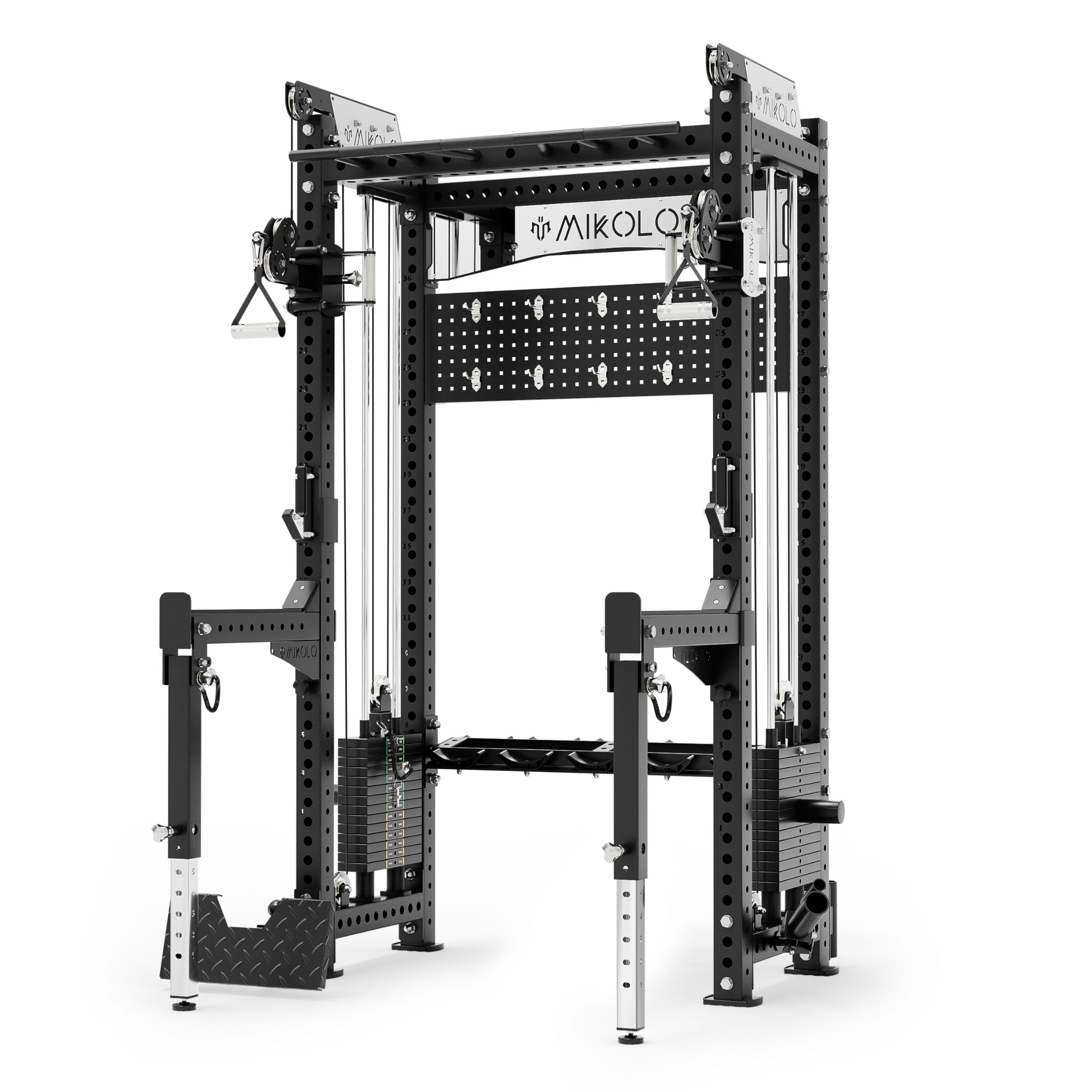
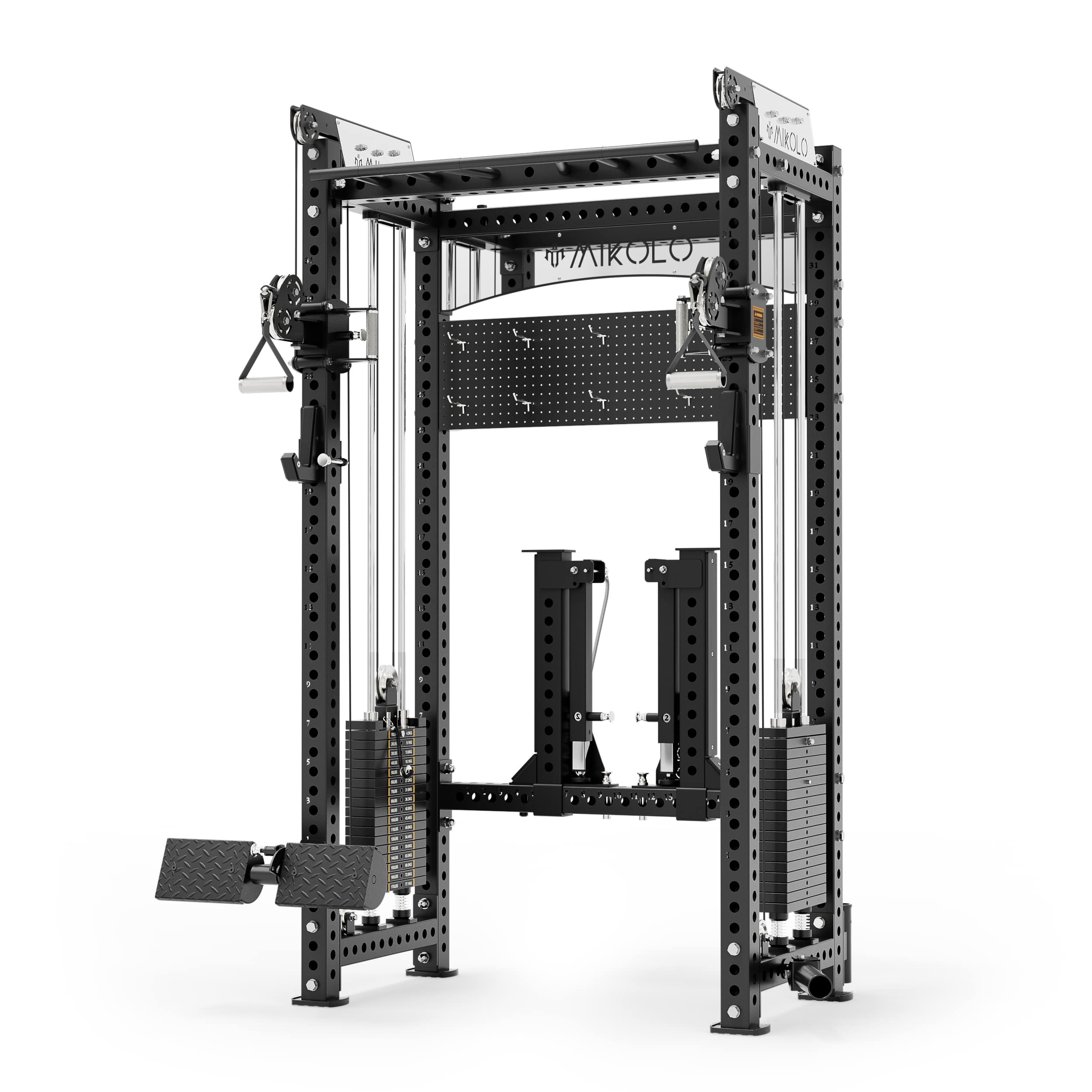
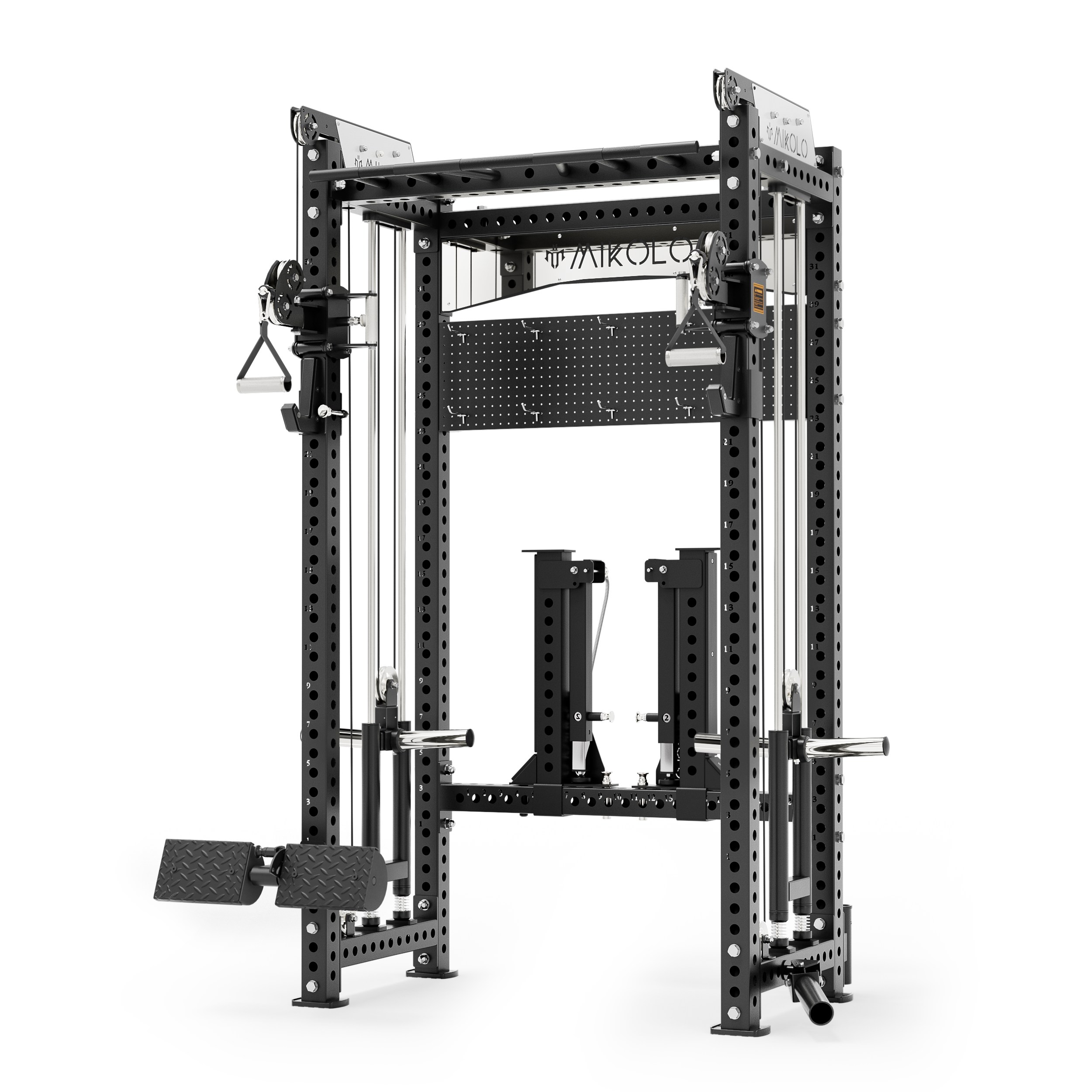
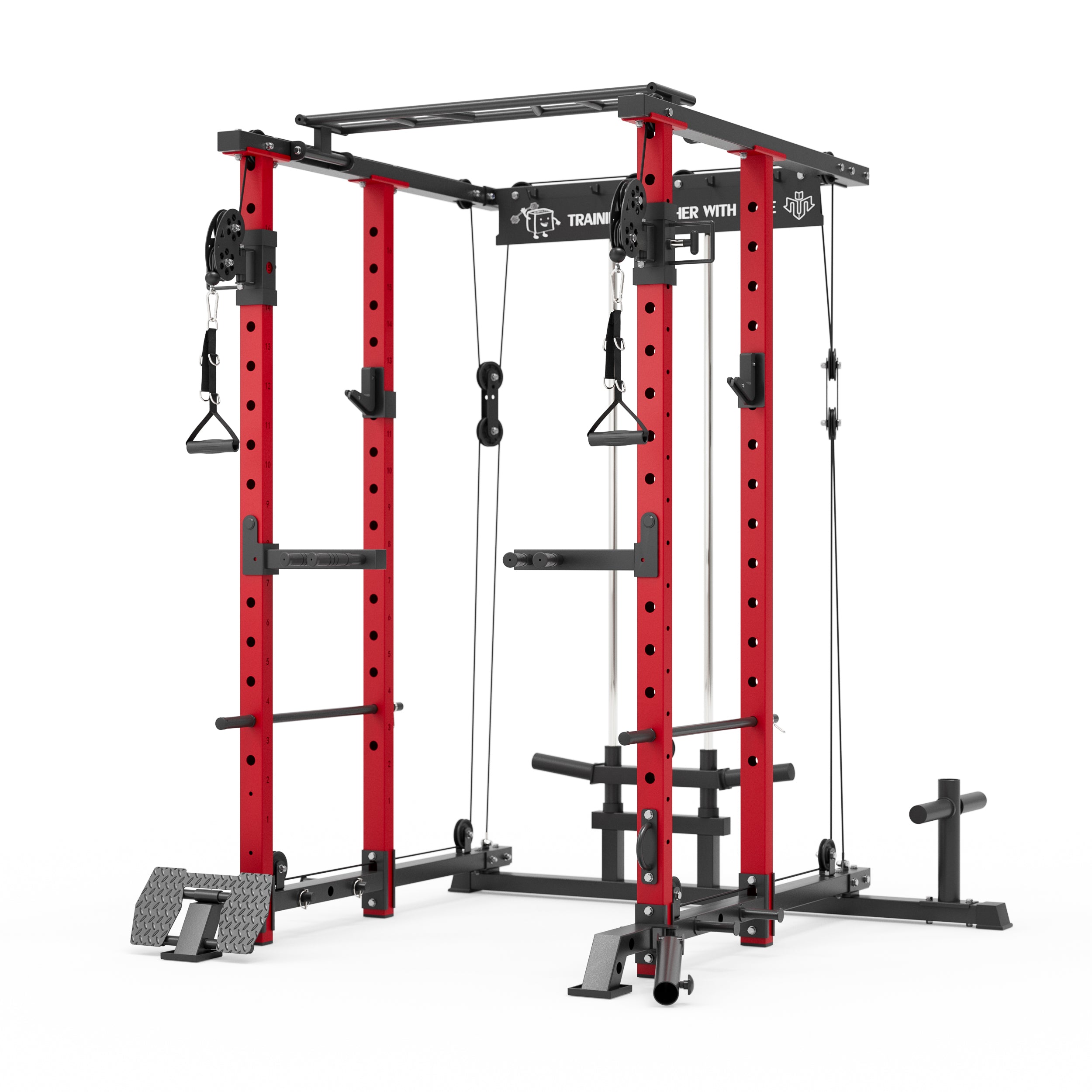

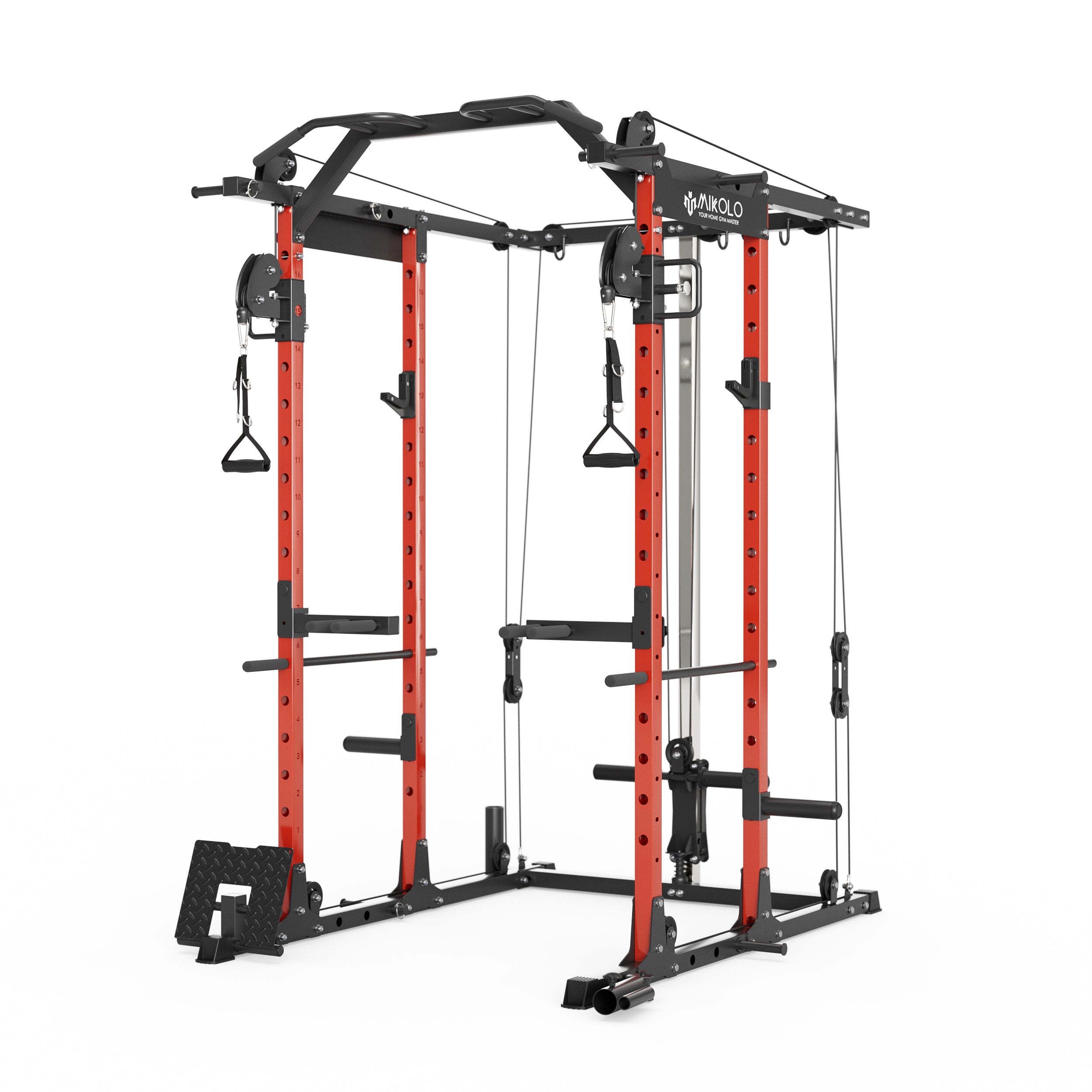
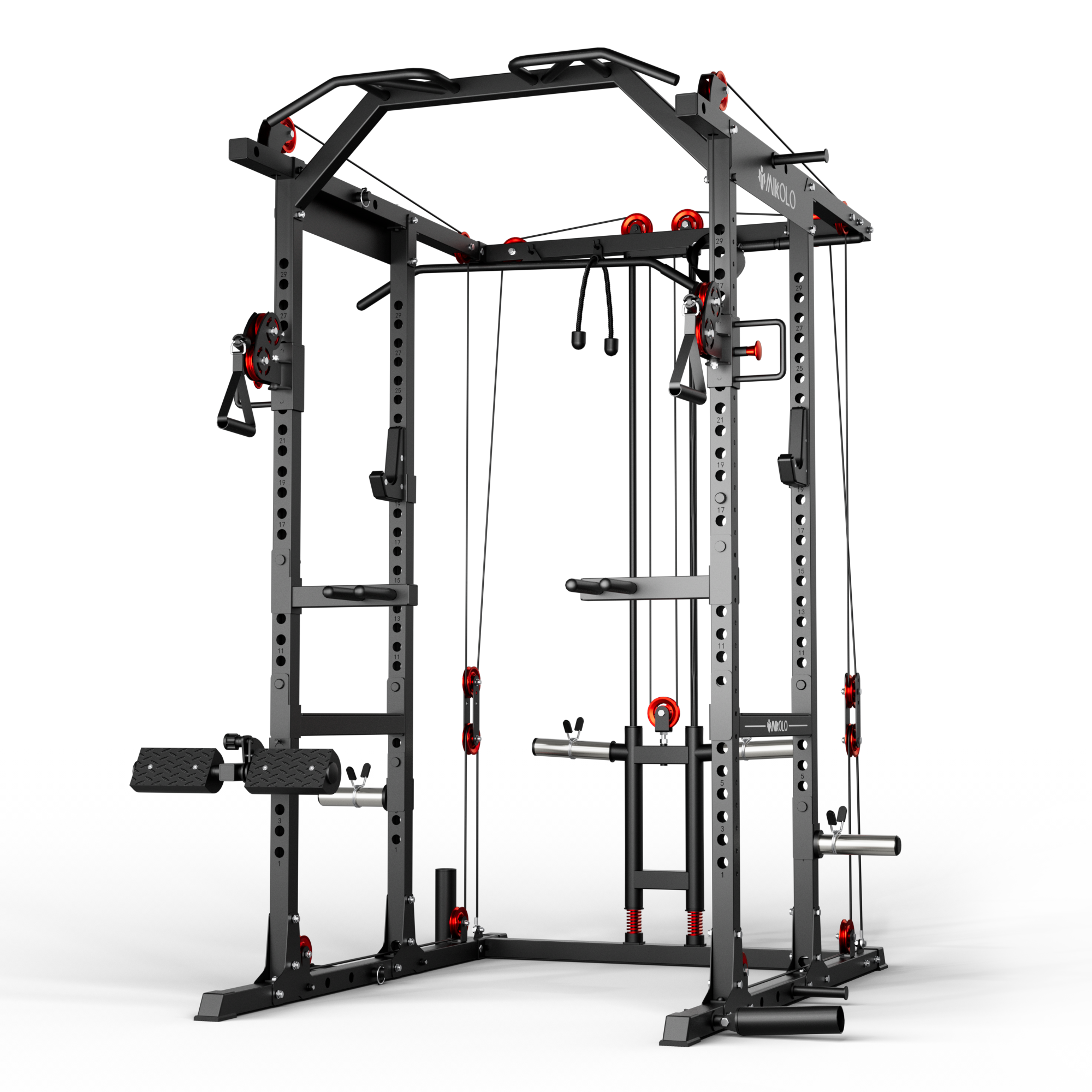
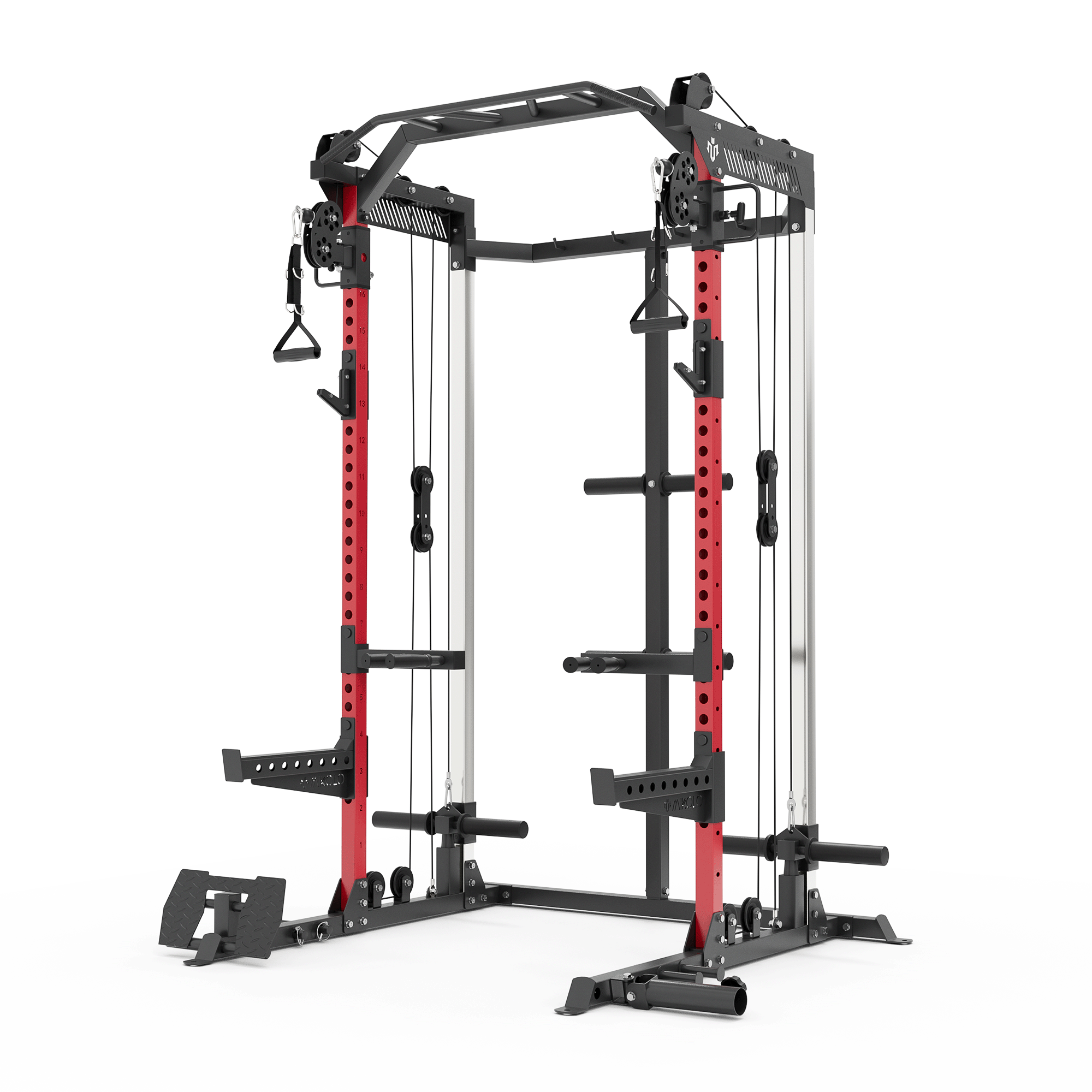
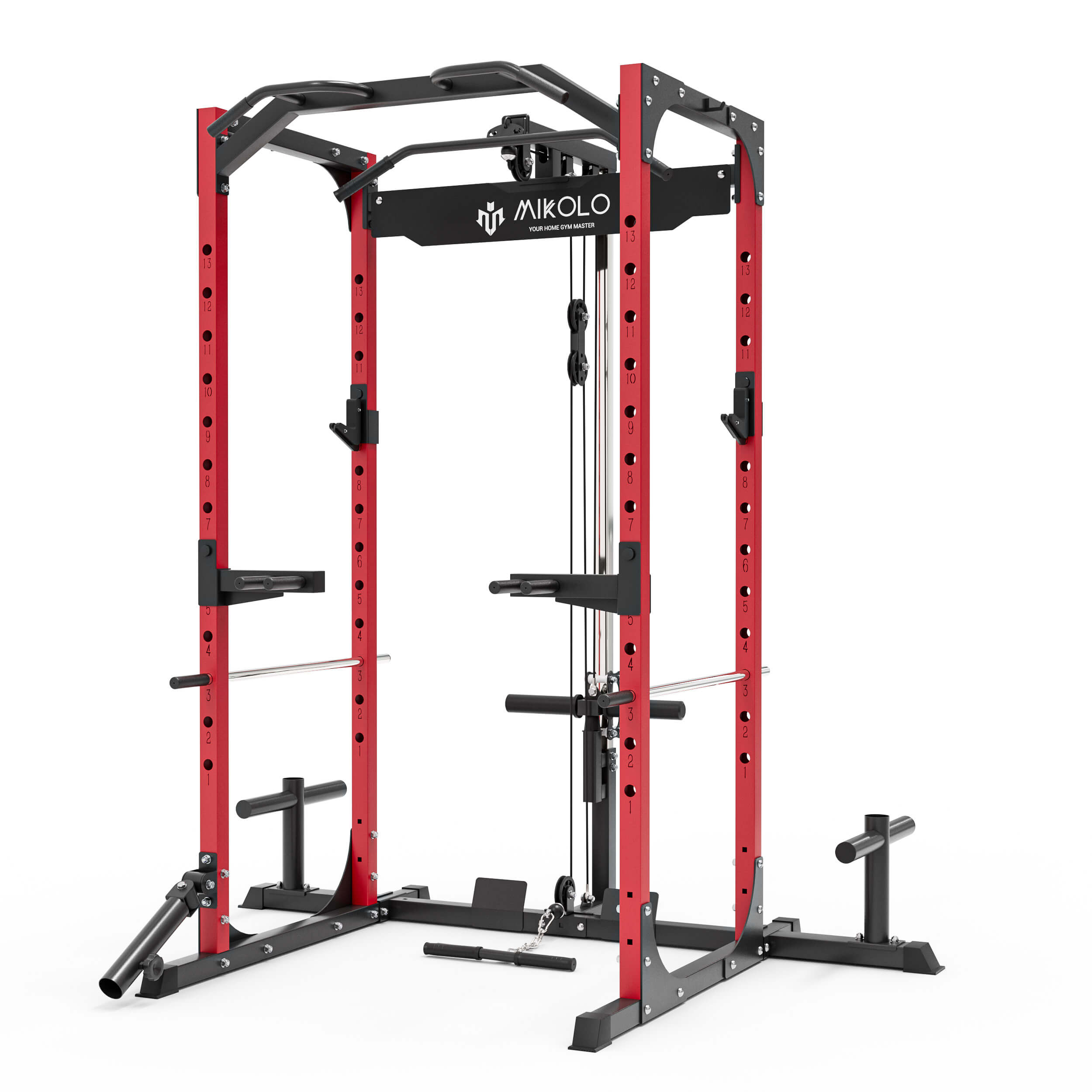
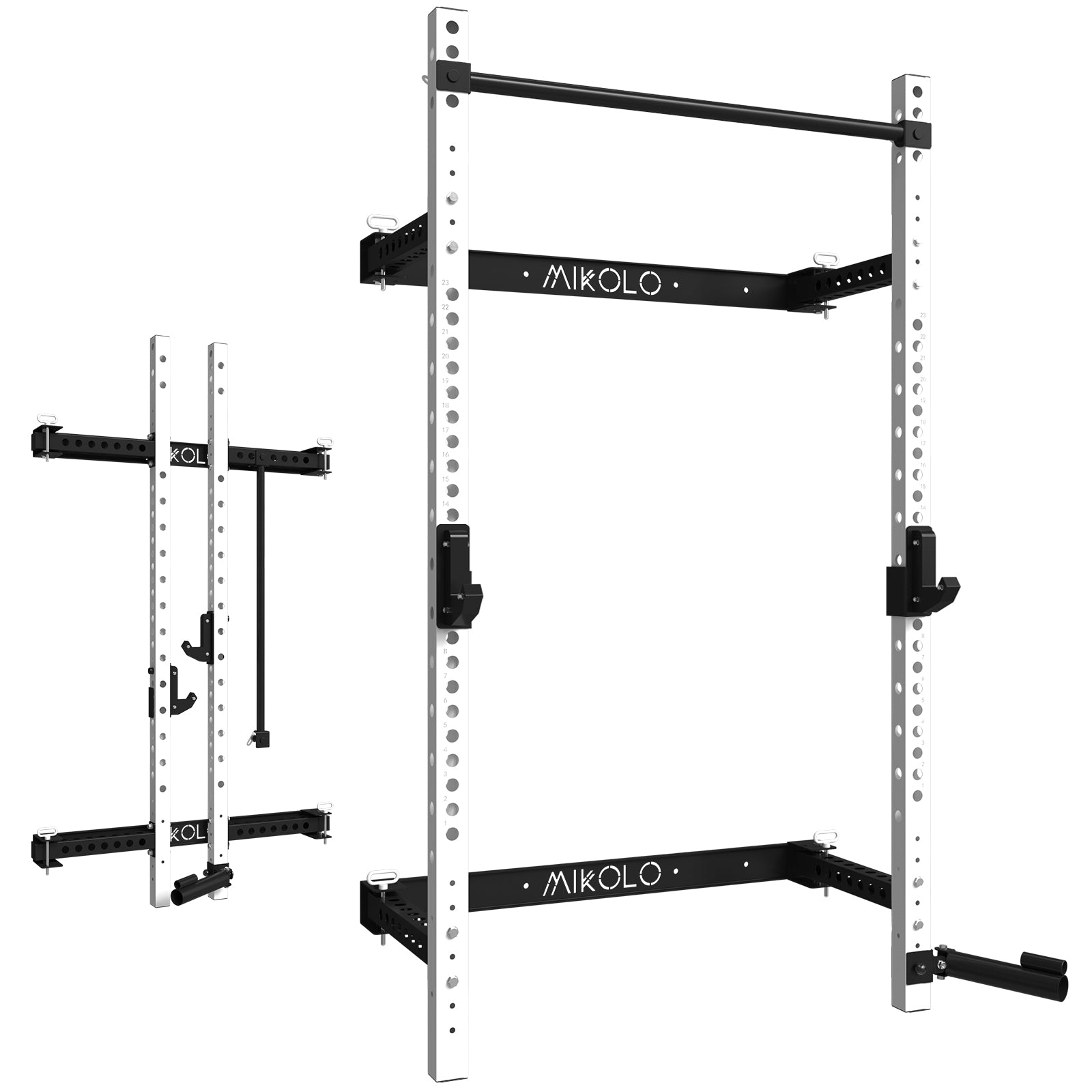


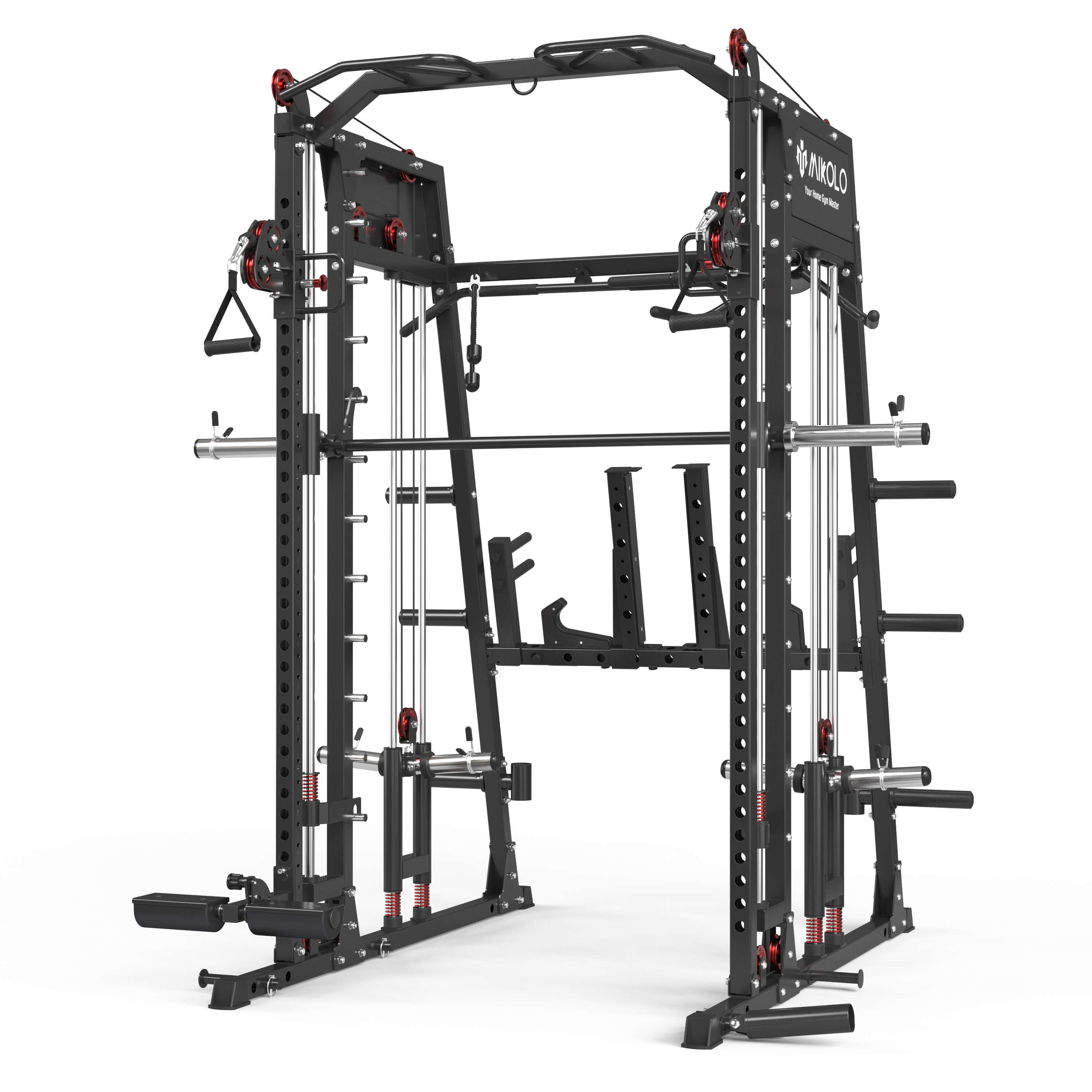
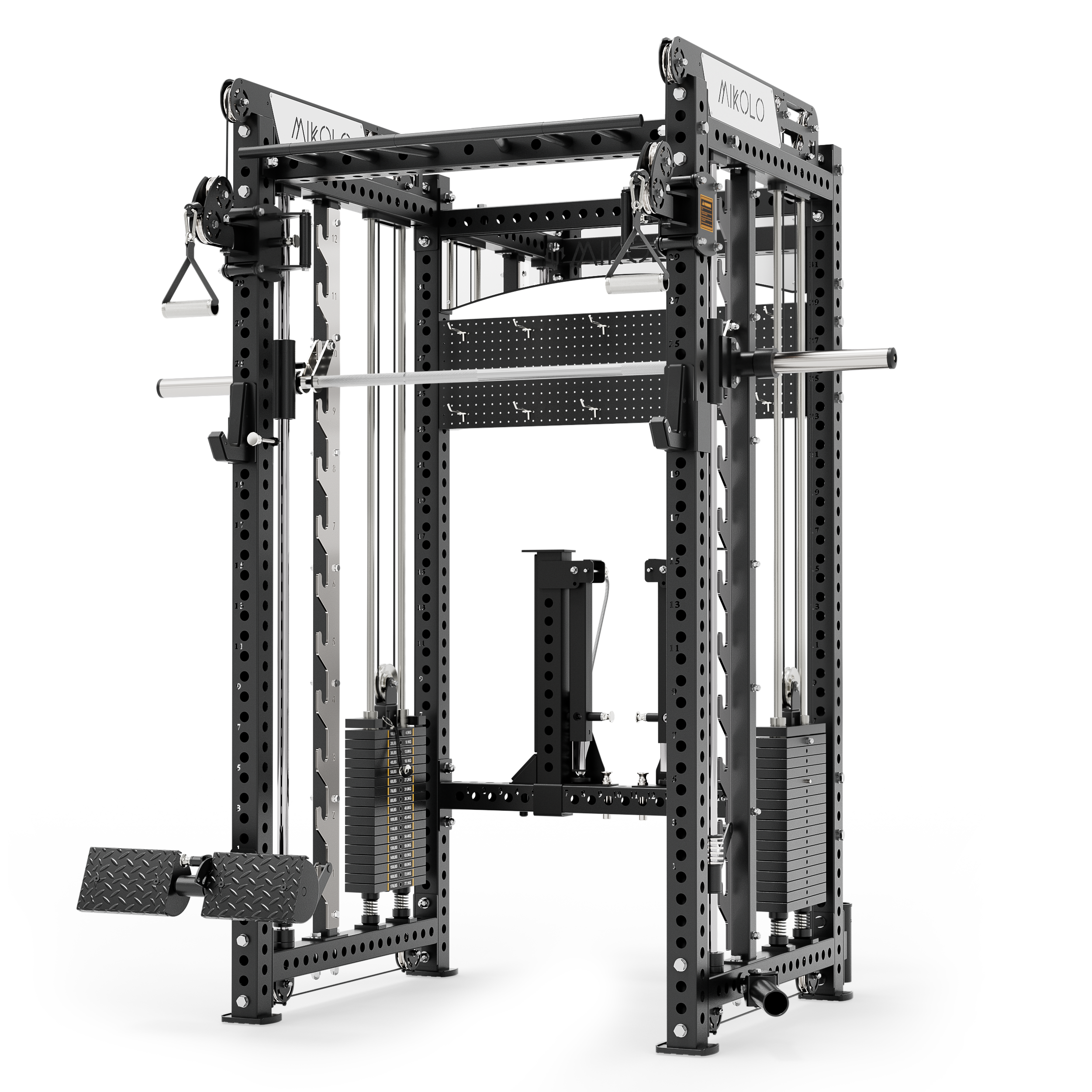
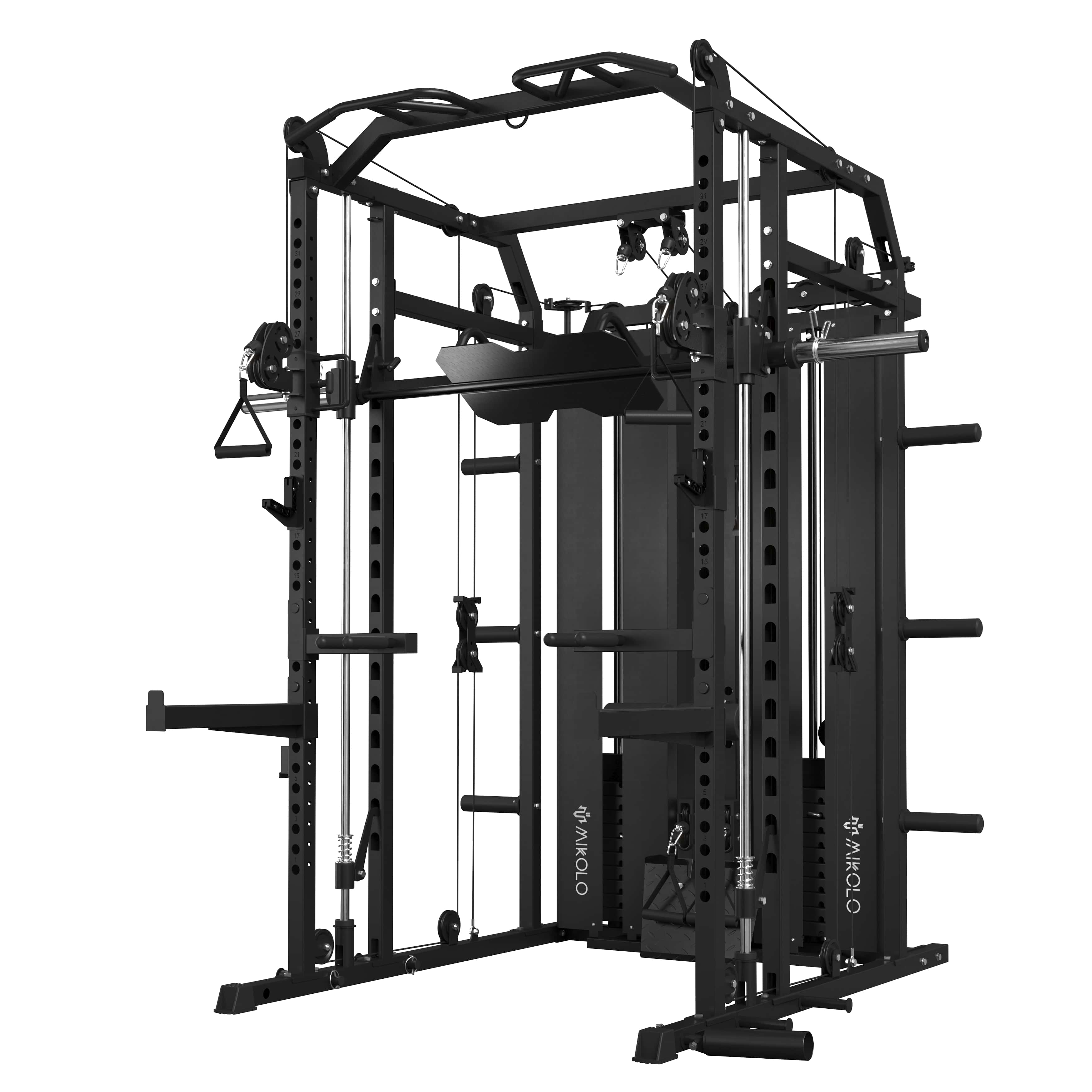
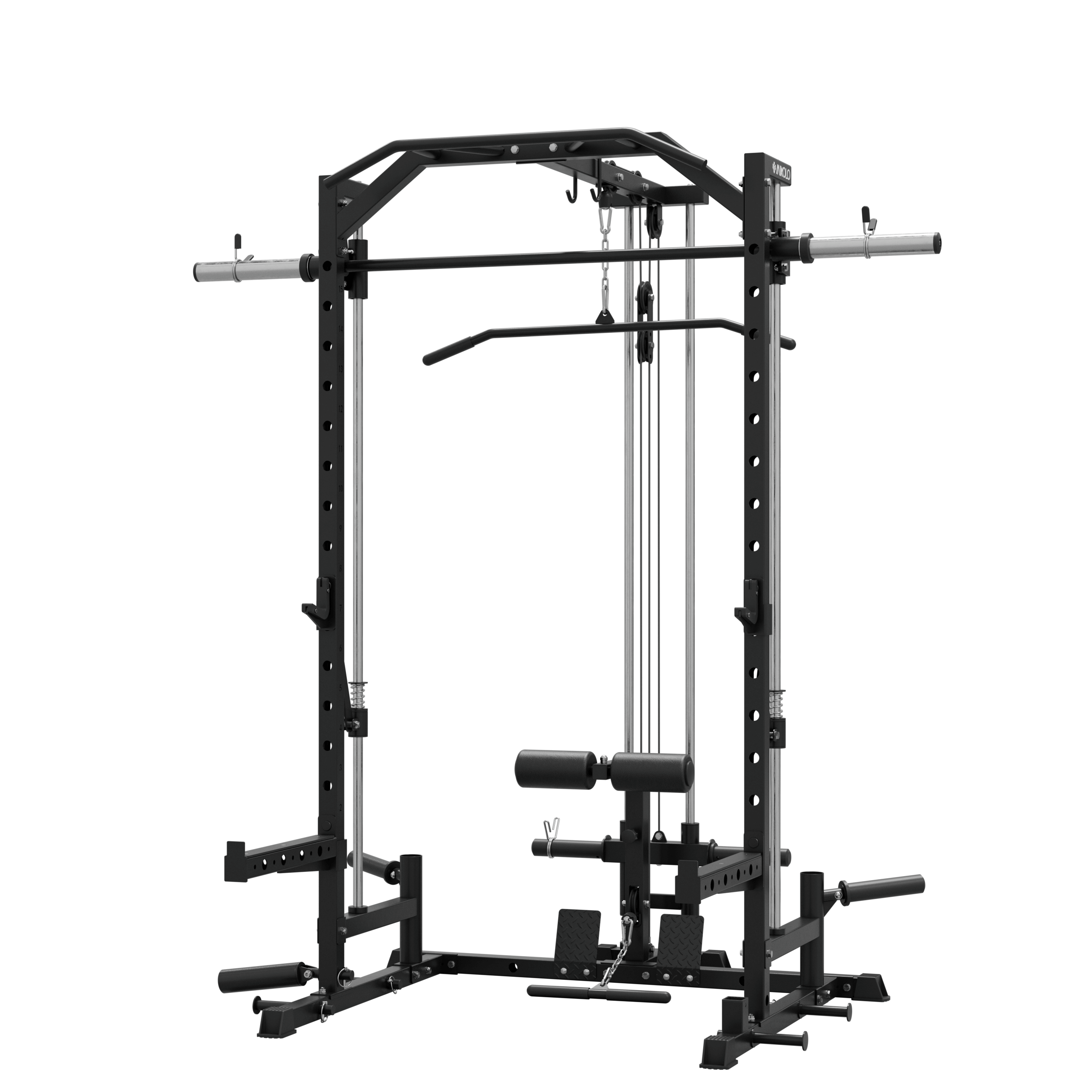
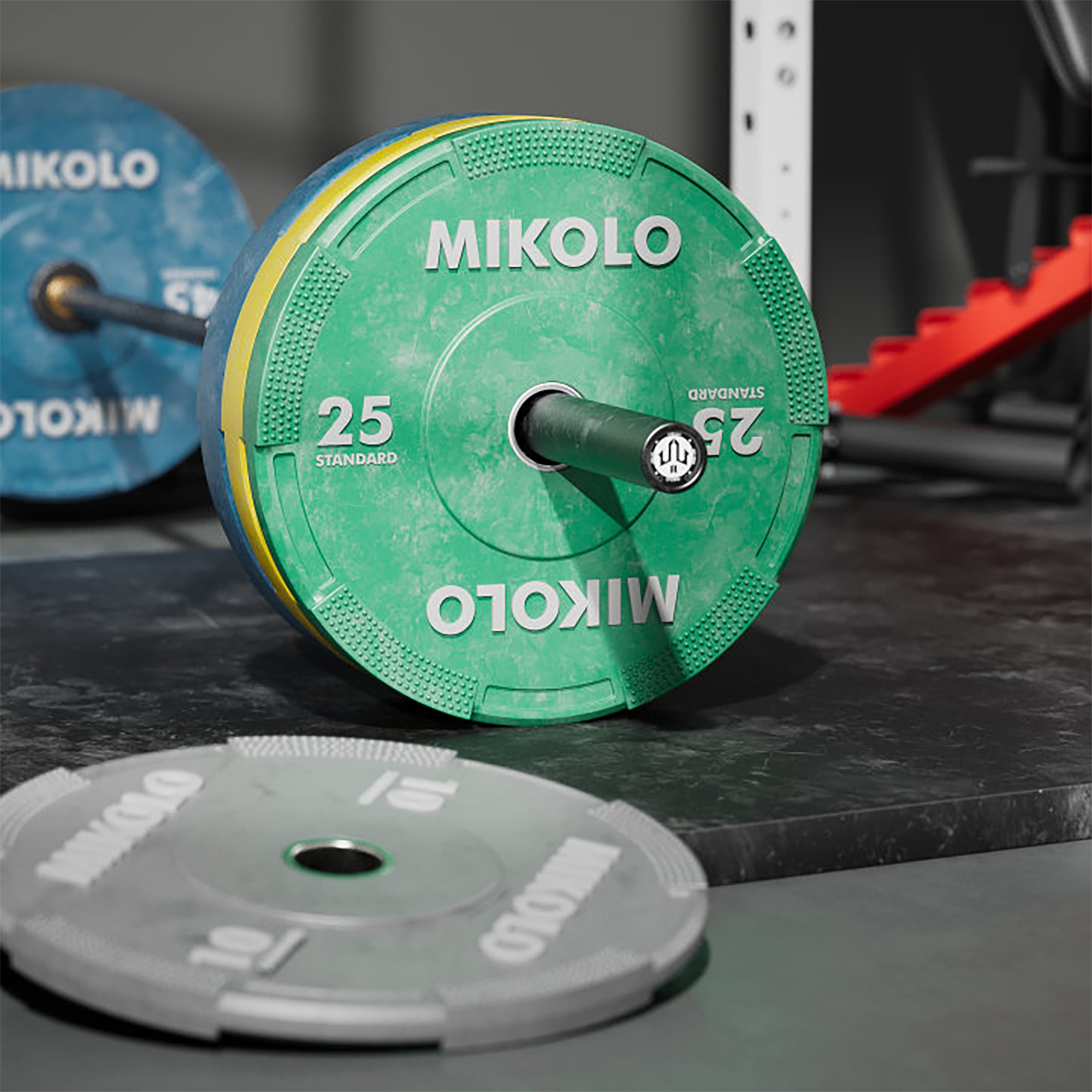
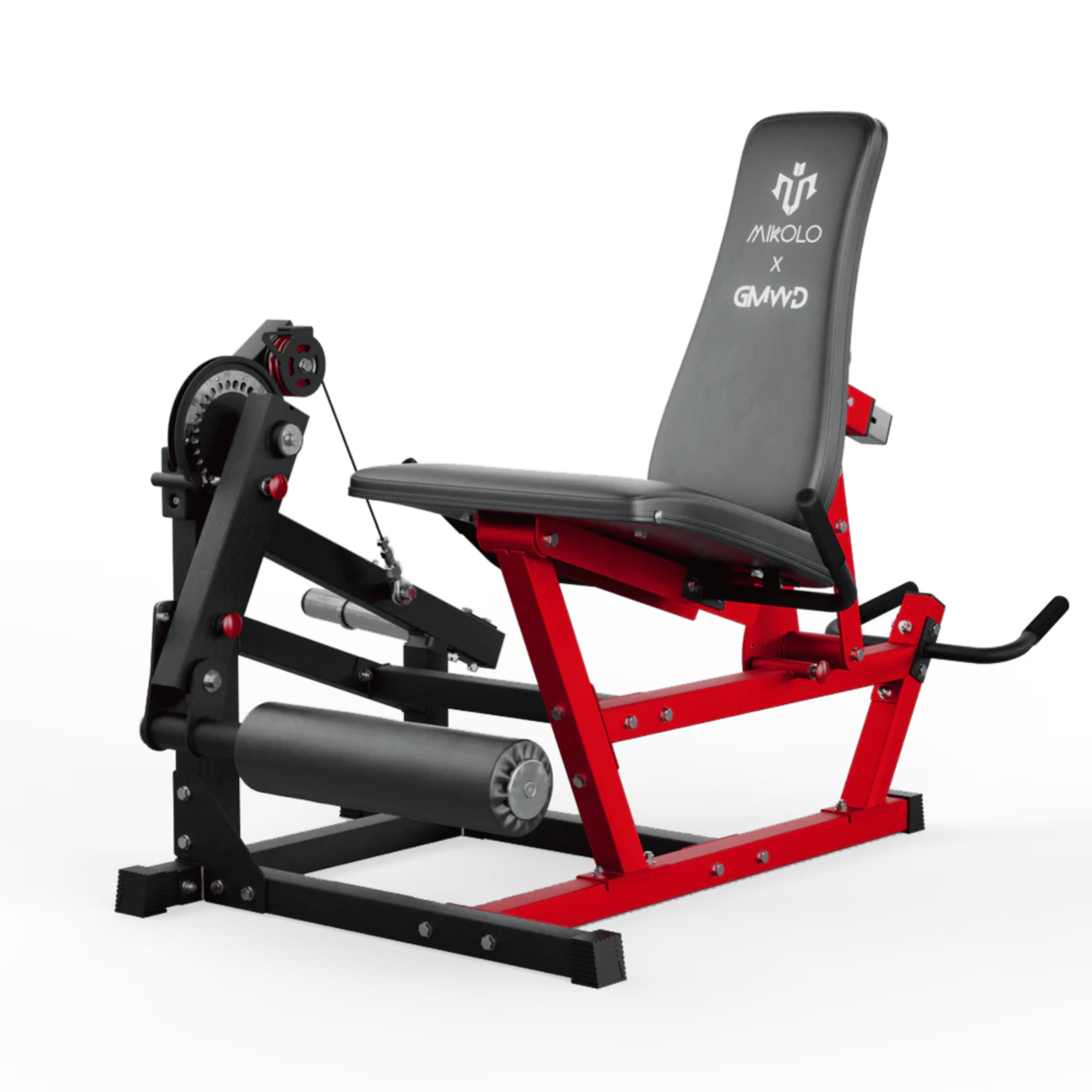
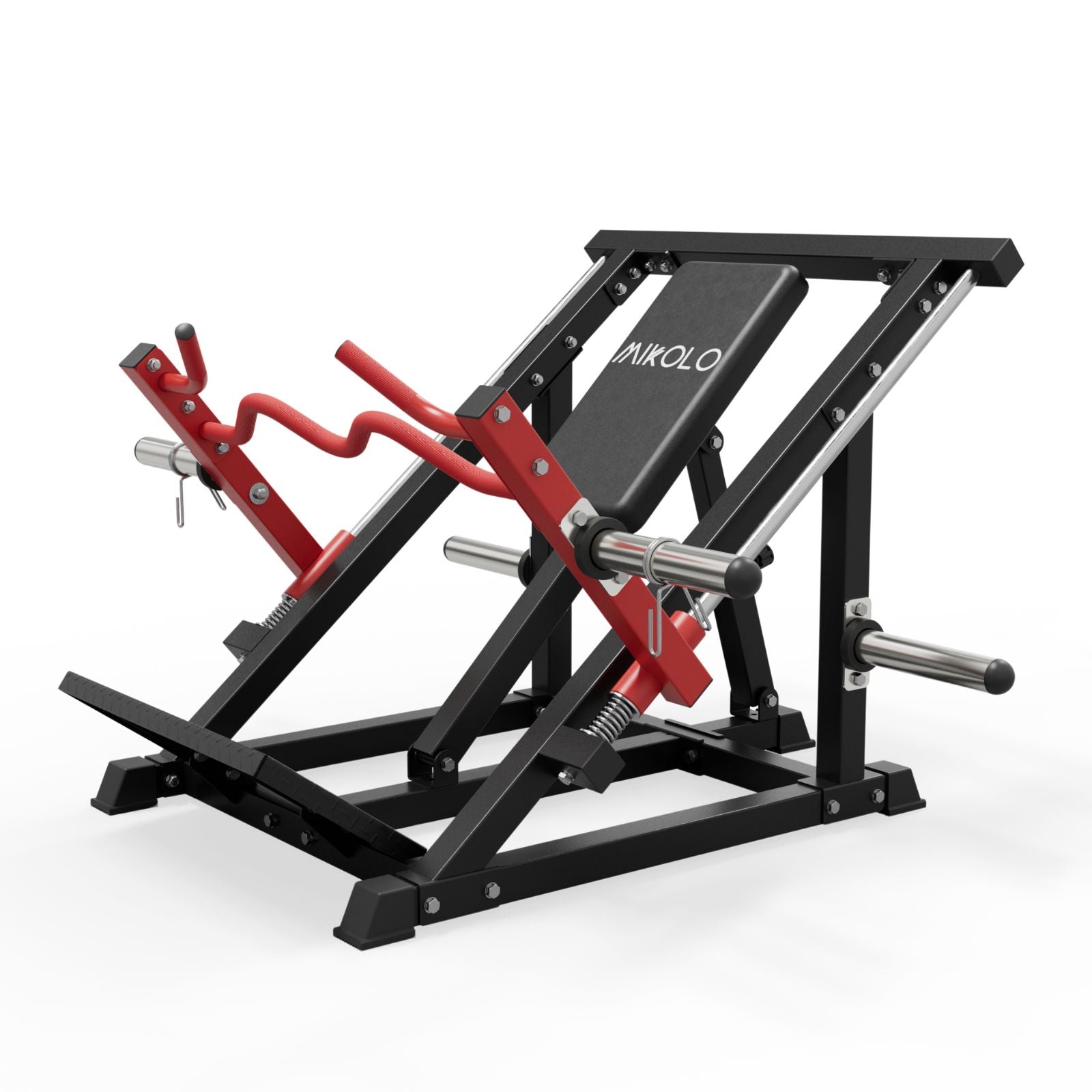
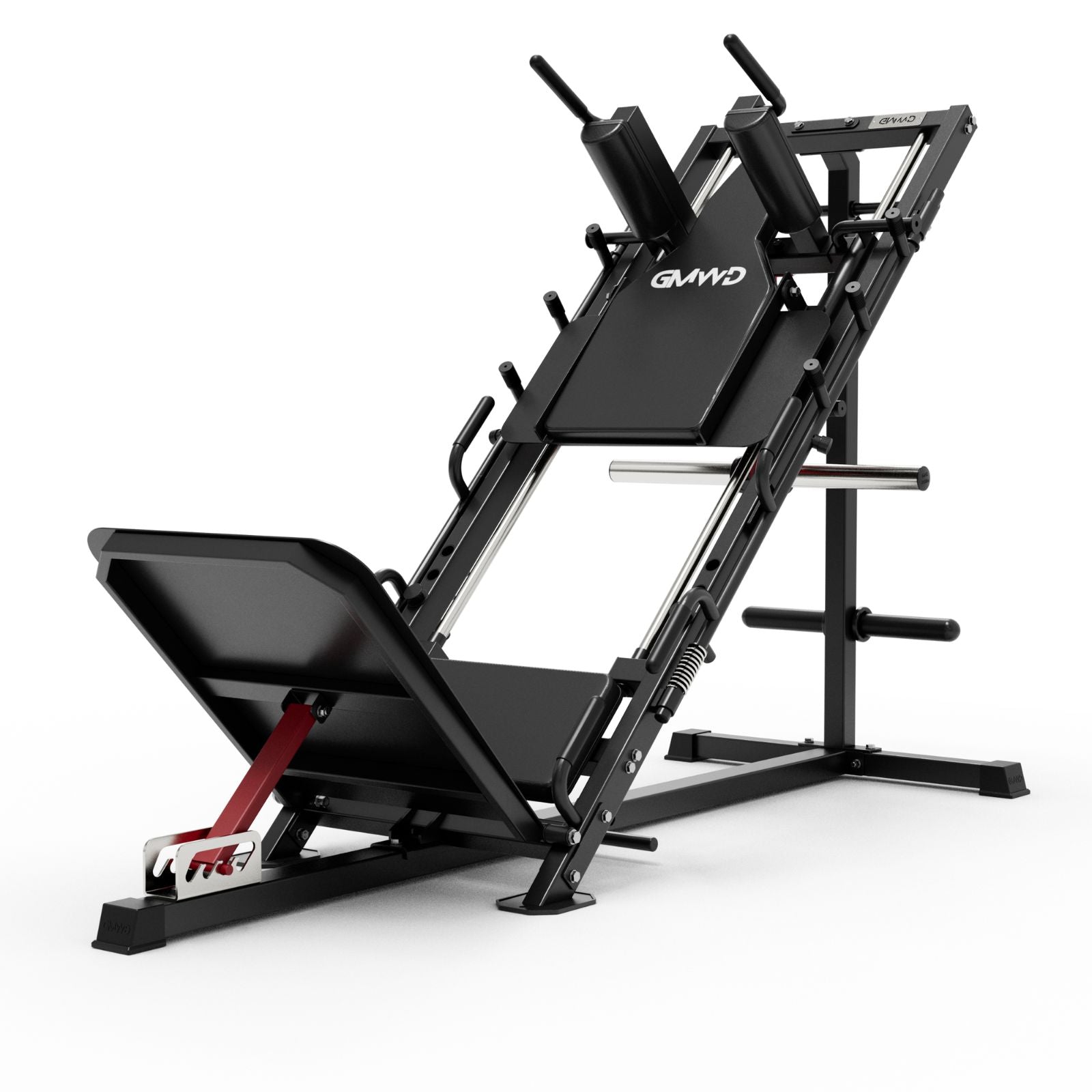


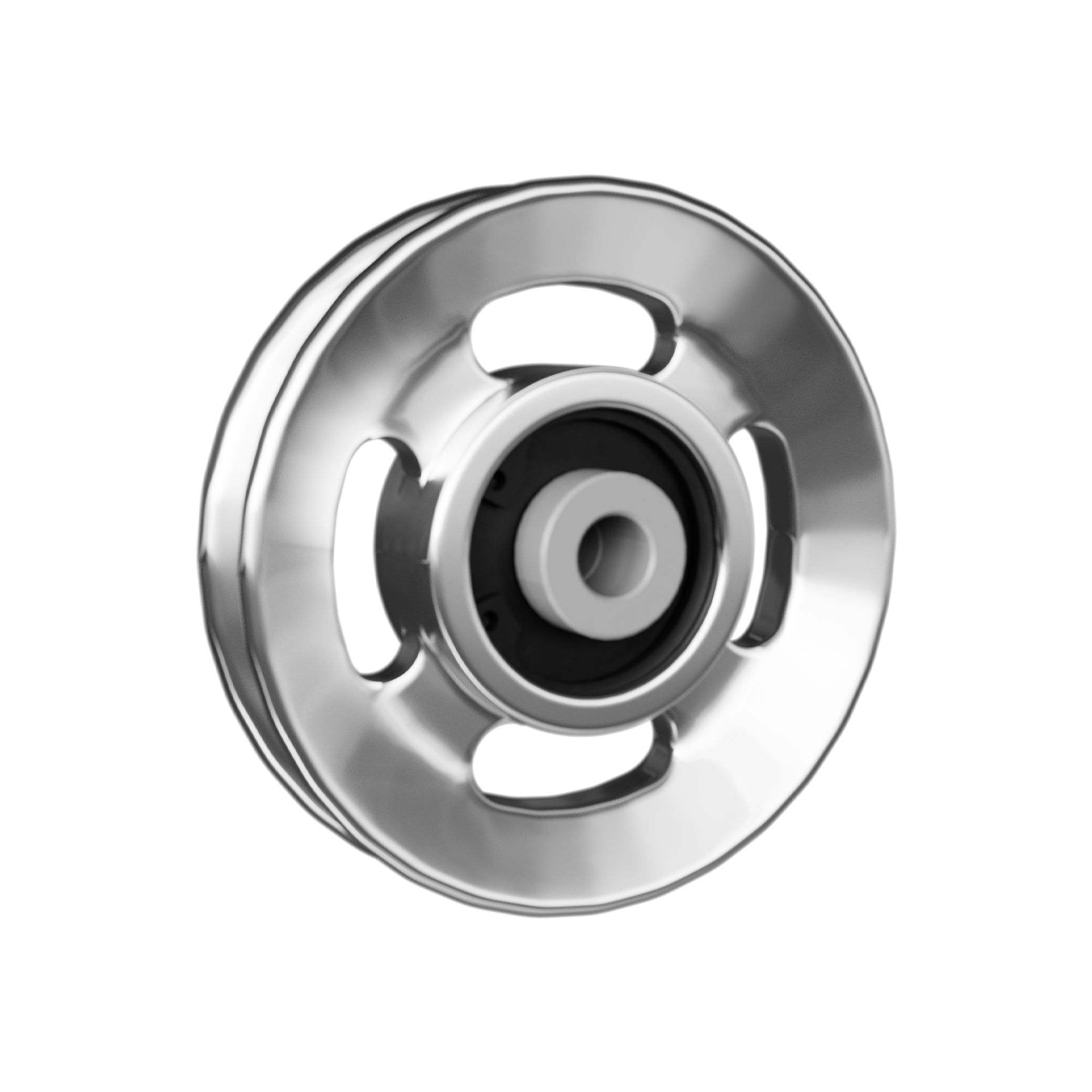
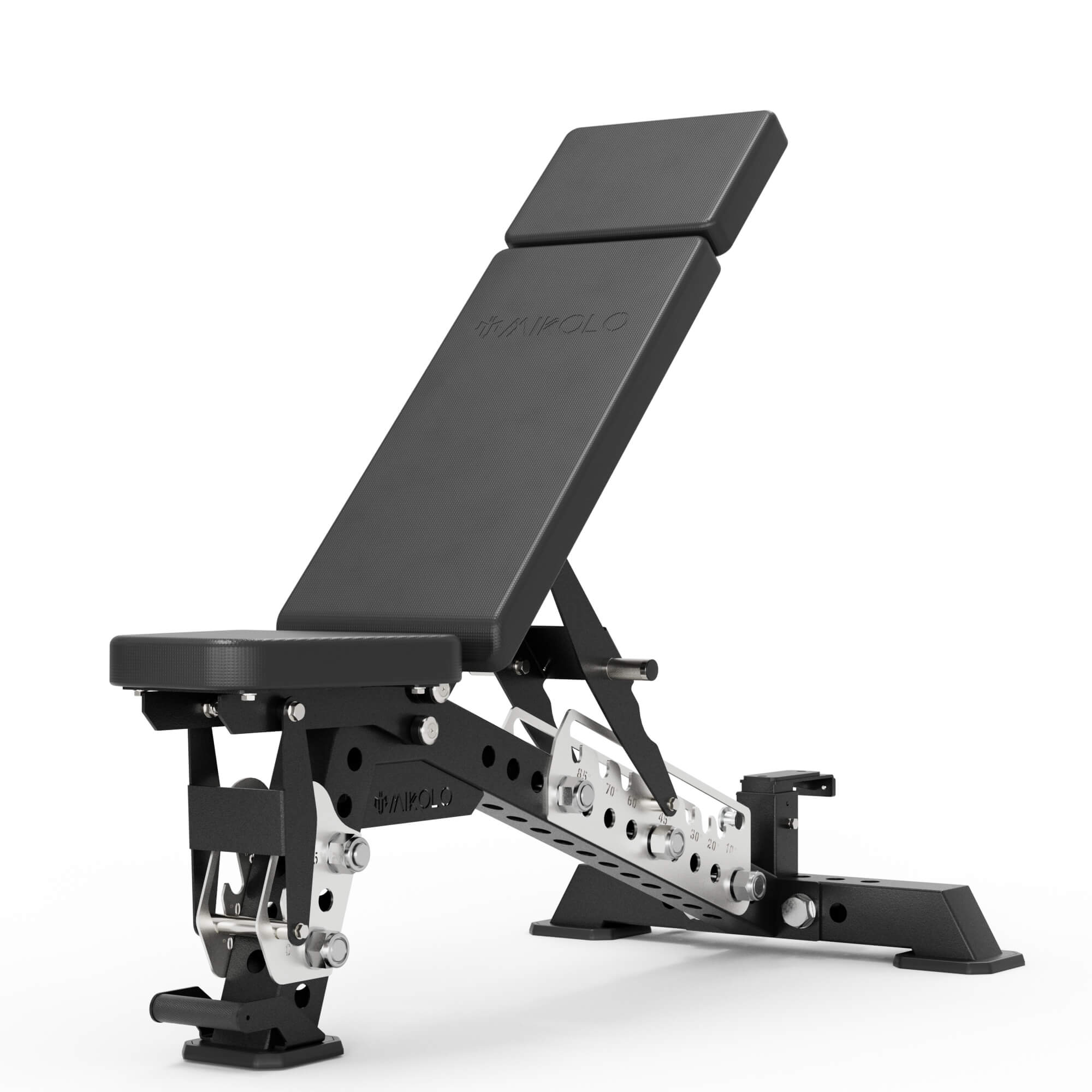


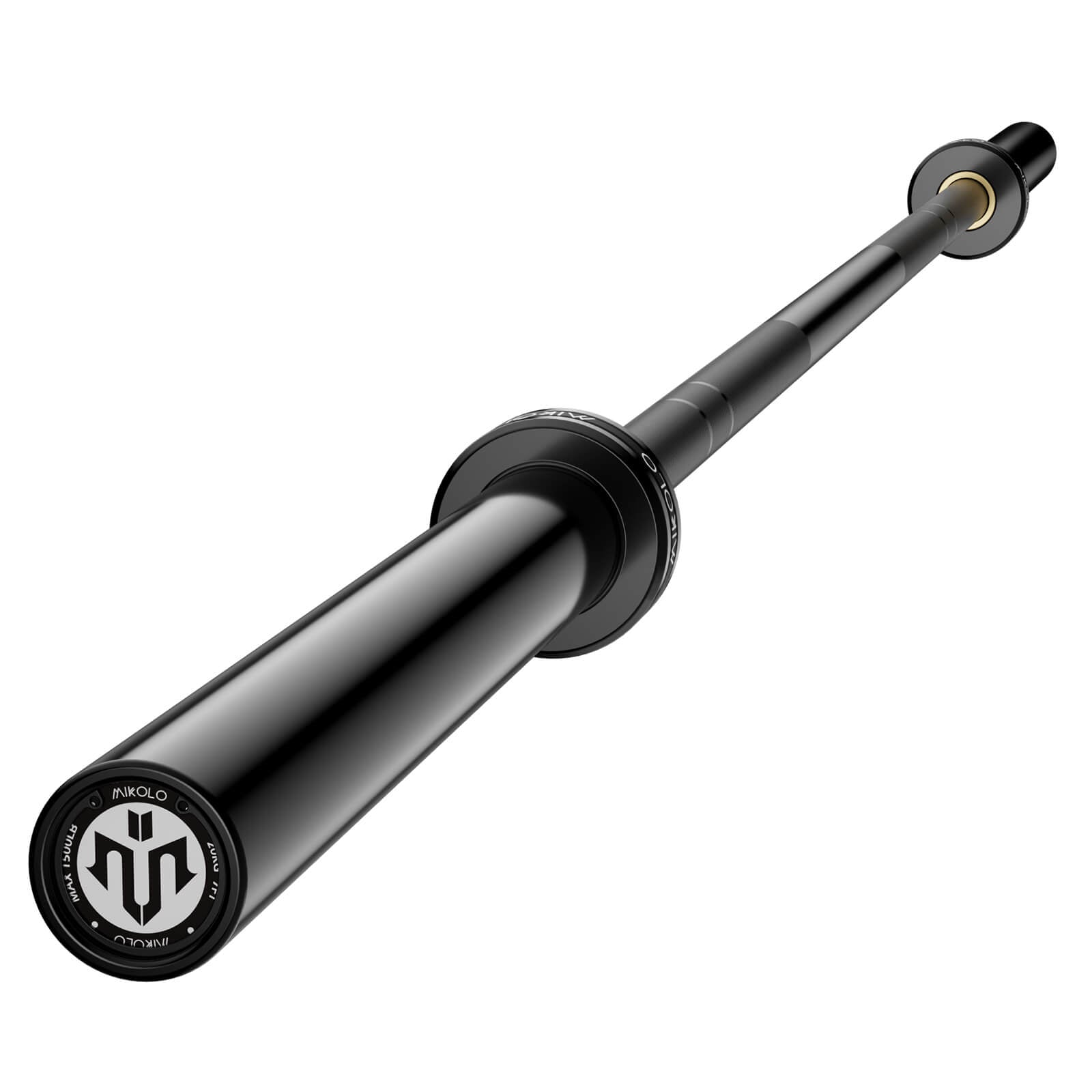

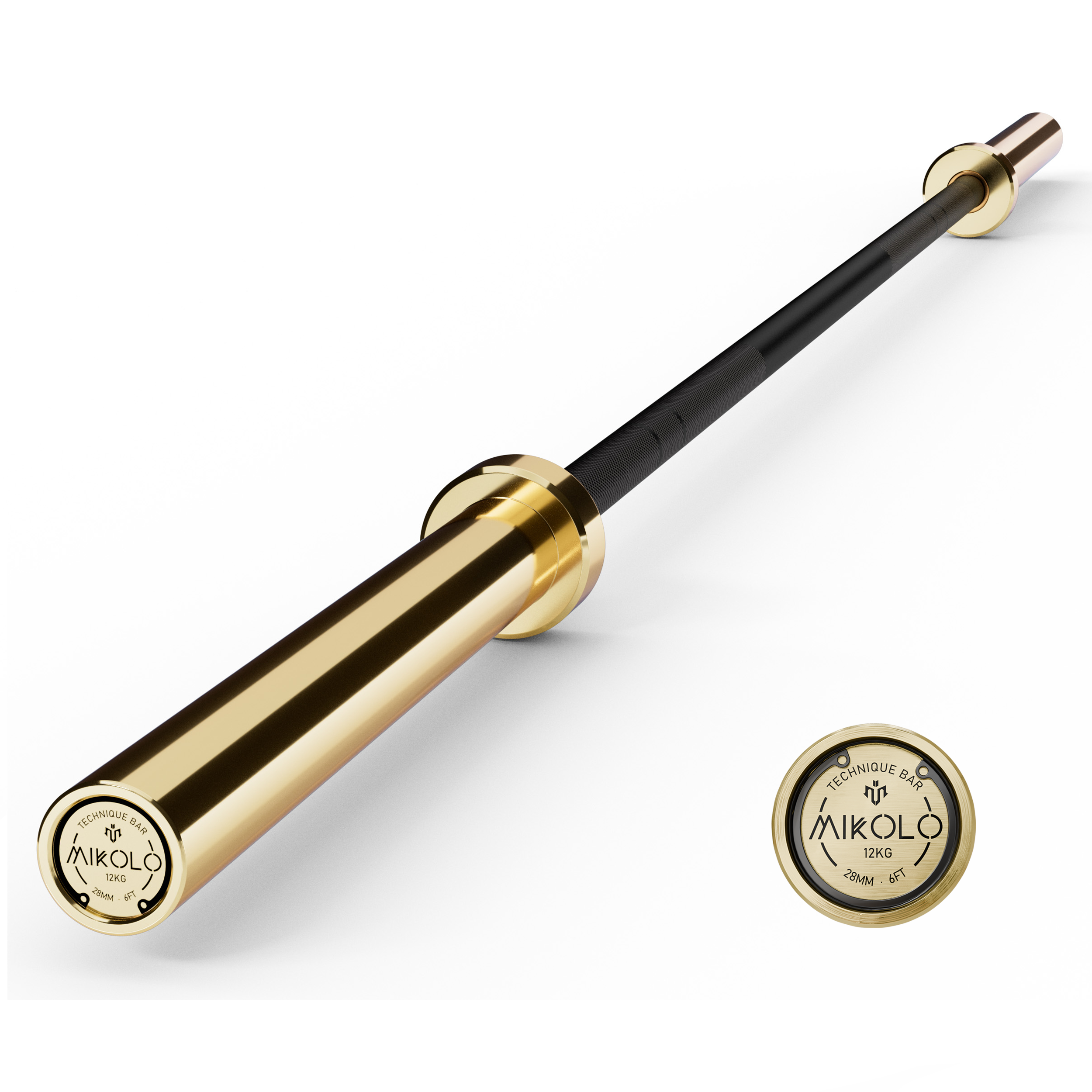
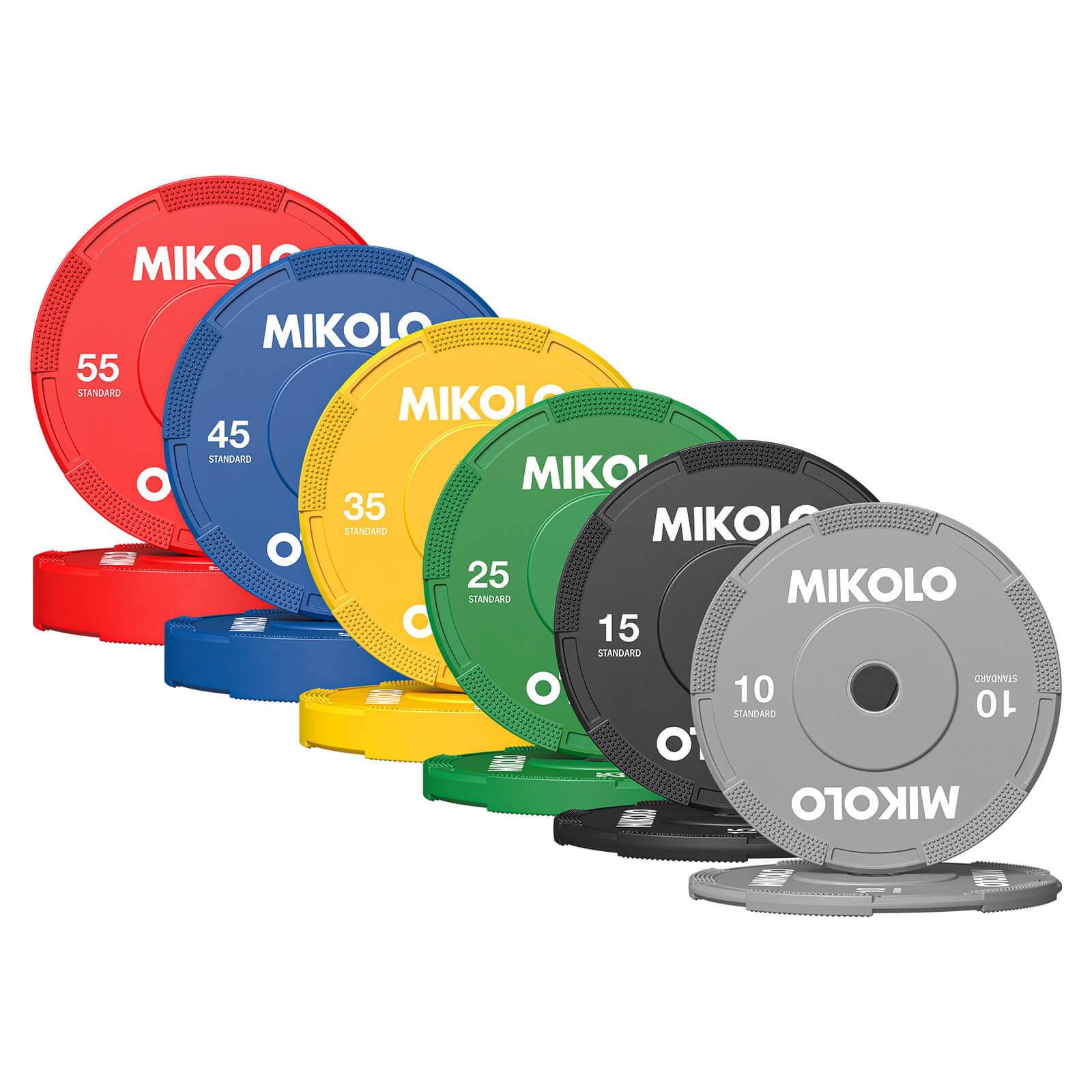
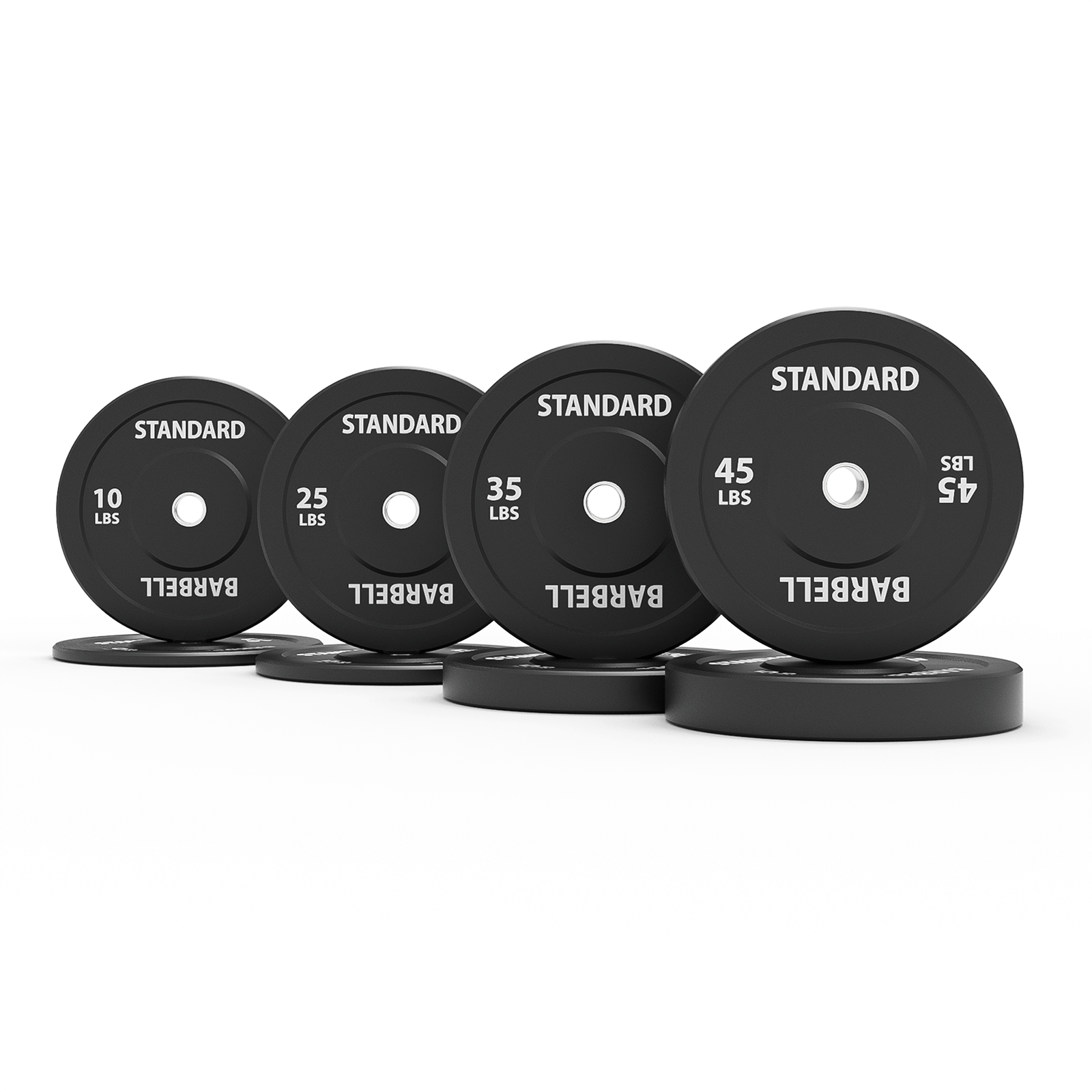
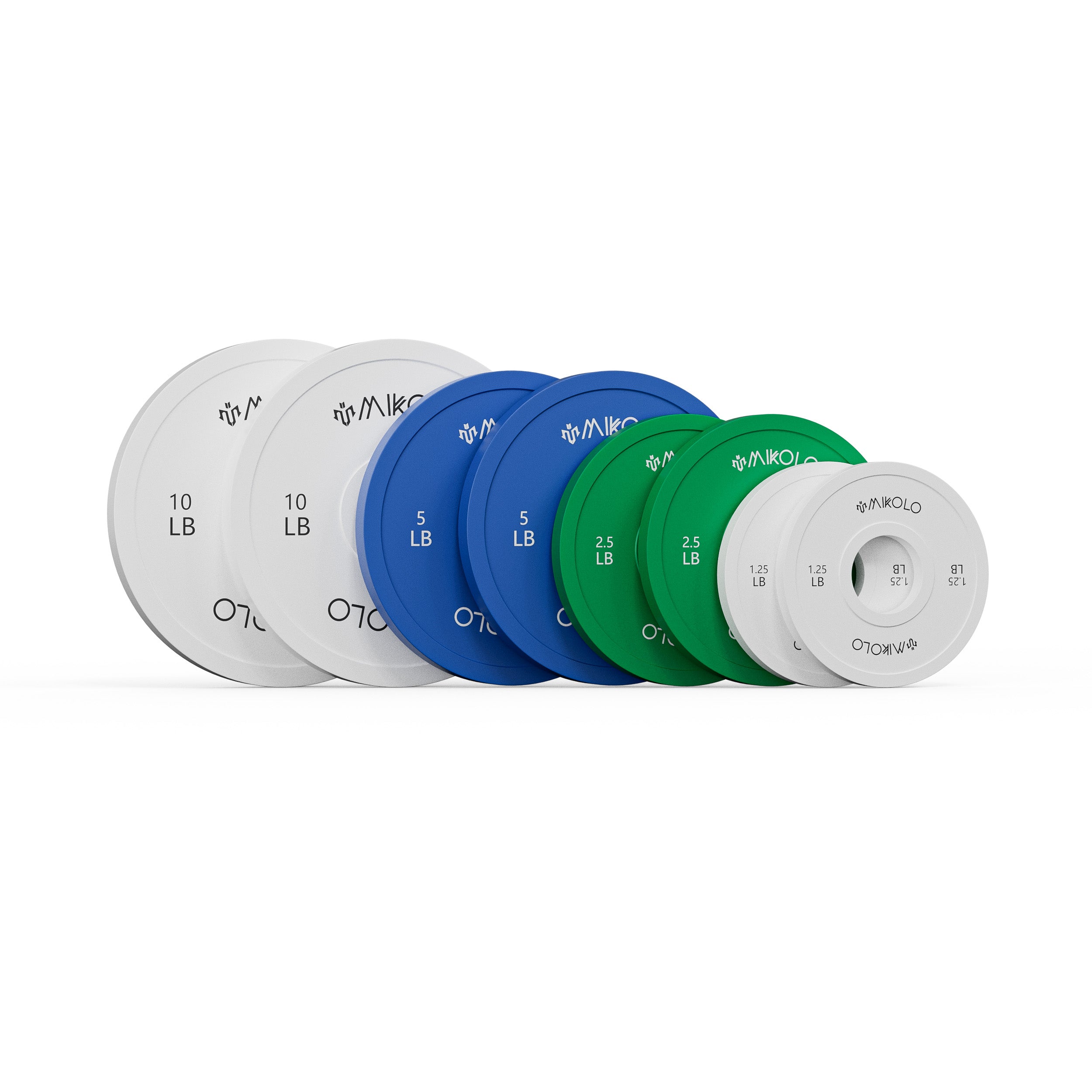
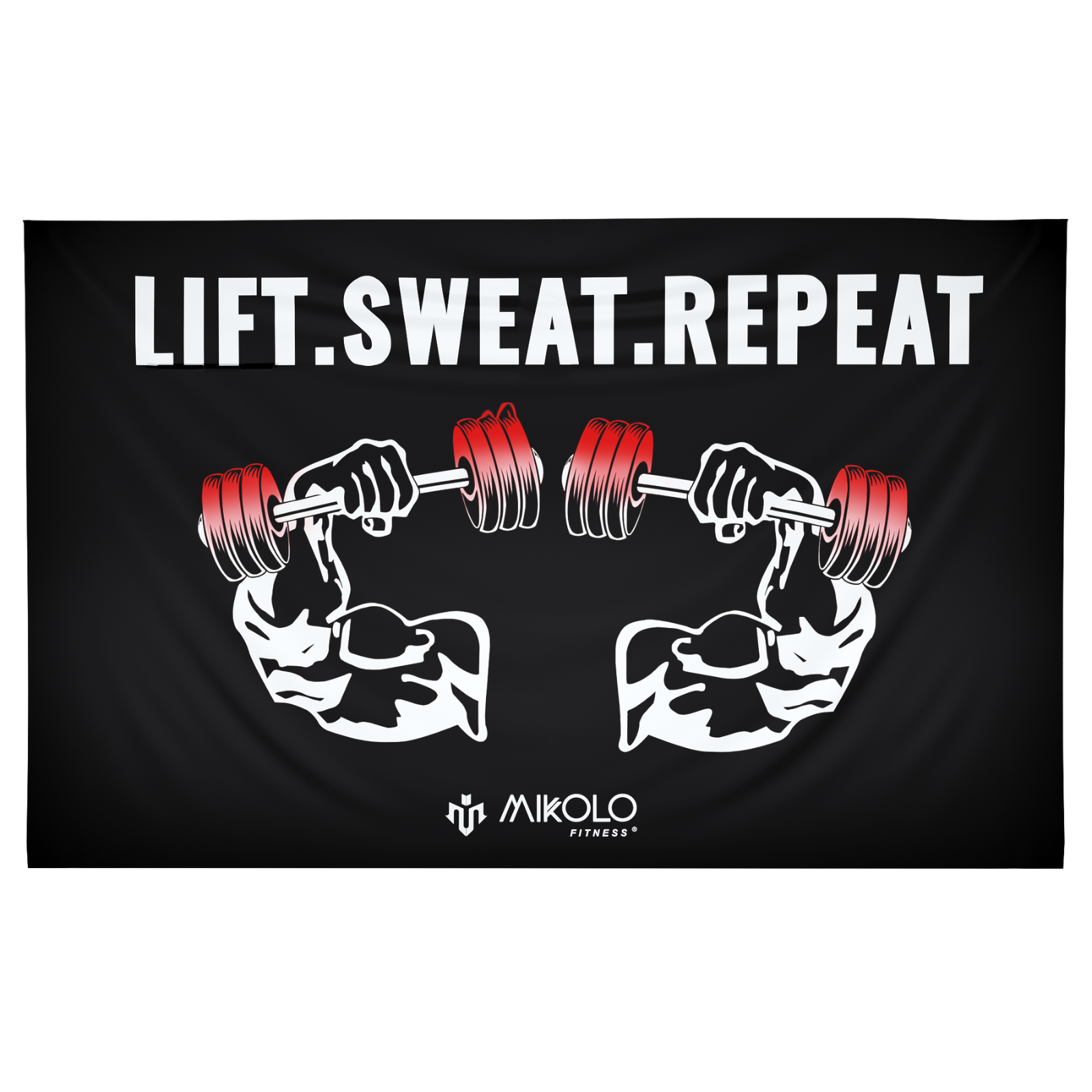
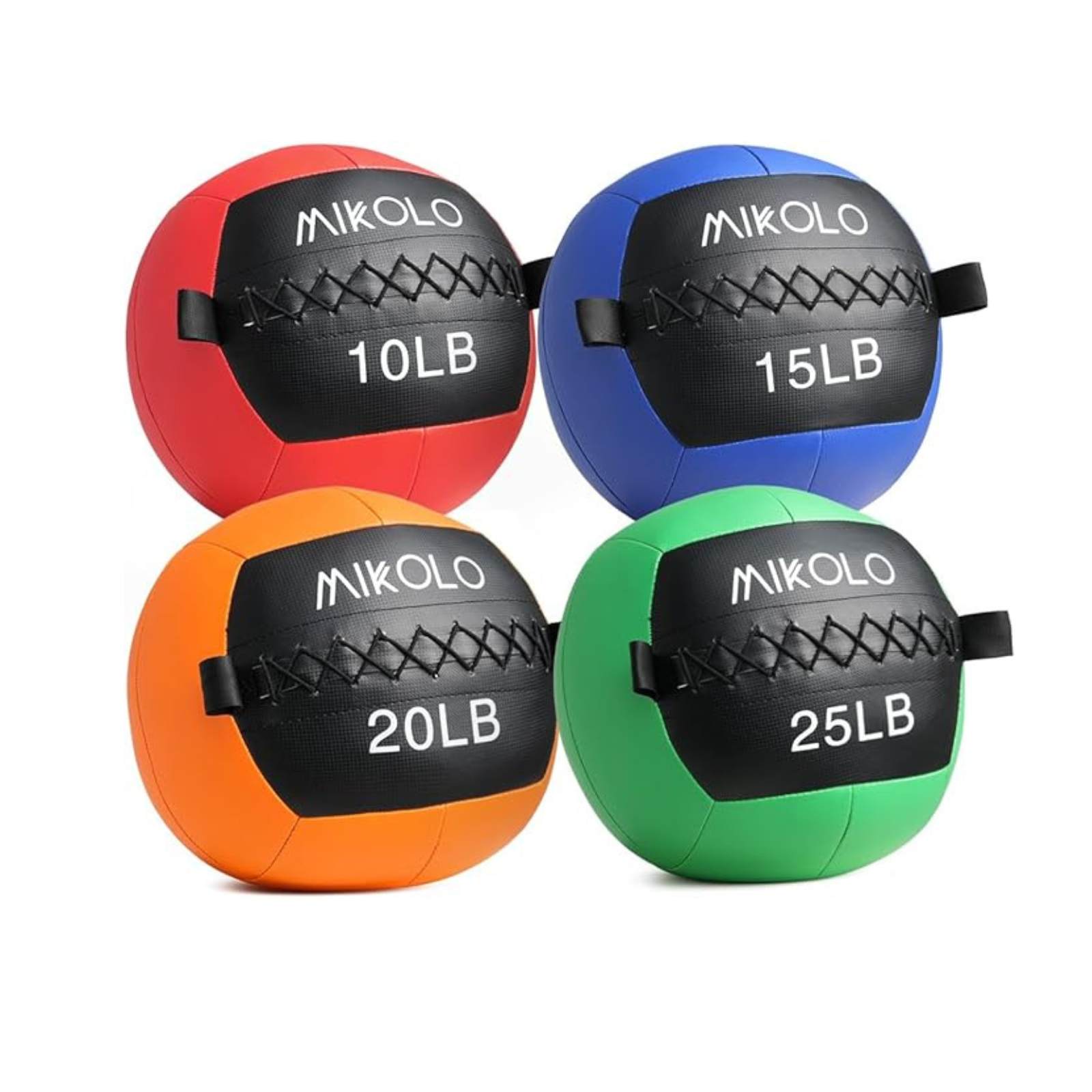
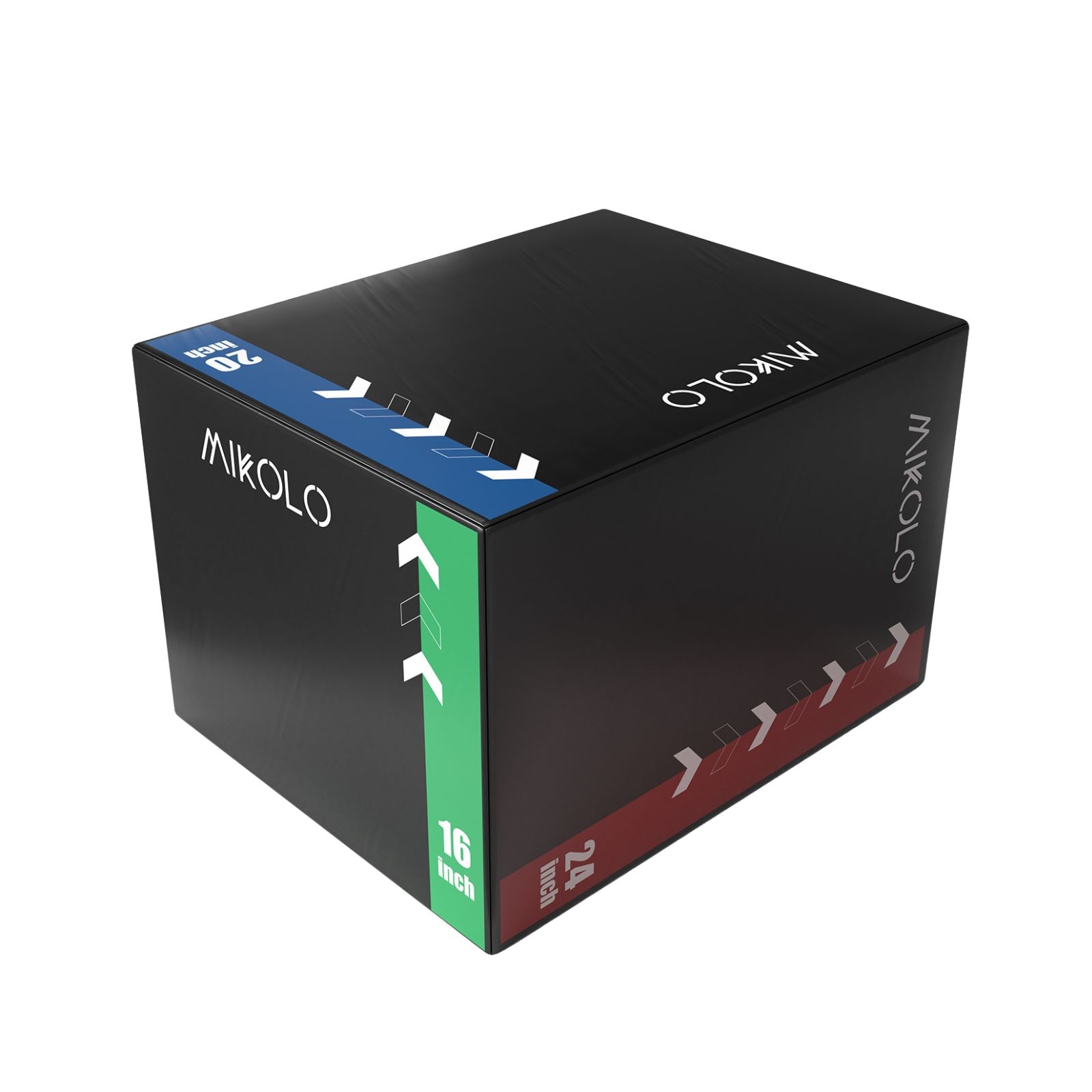

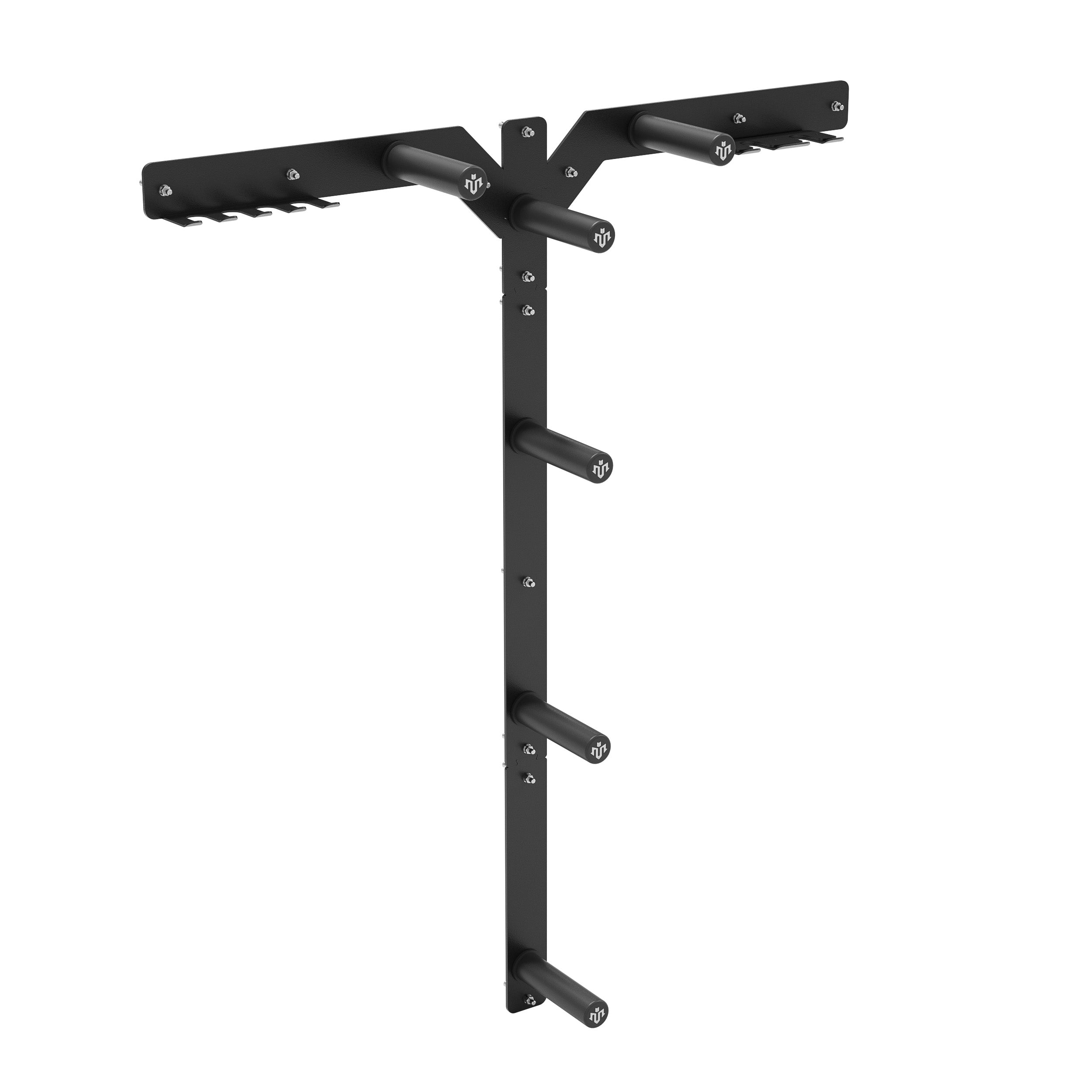




Leave a comment
This site is protected by hCaptcha and the hCaptcha Privacy Policy and Terms of Service apply.